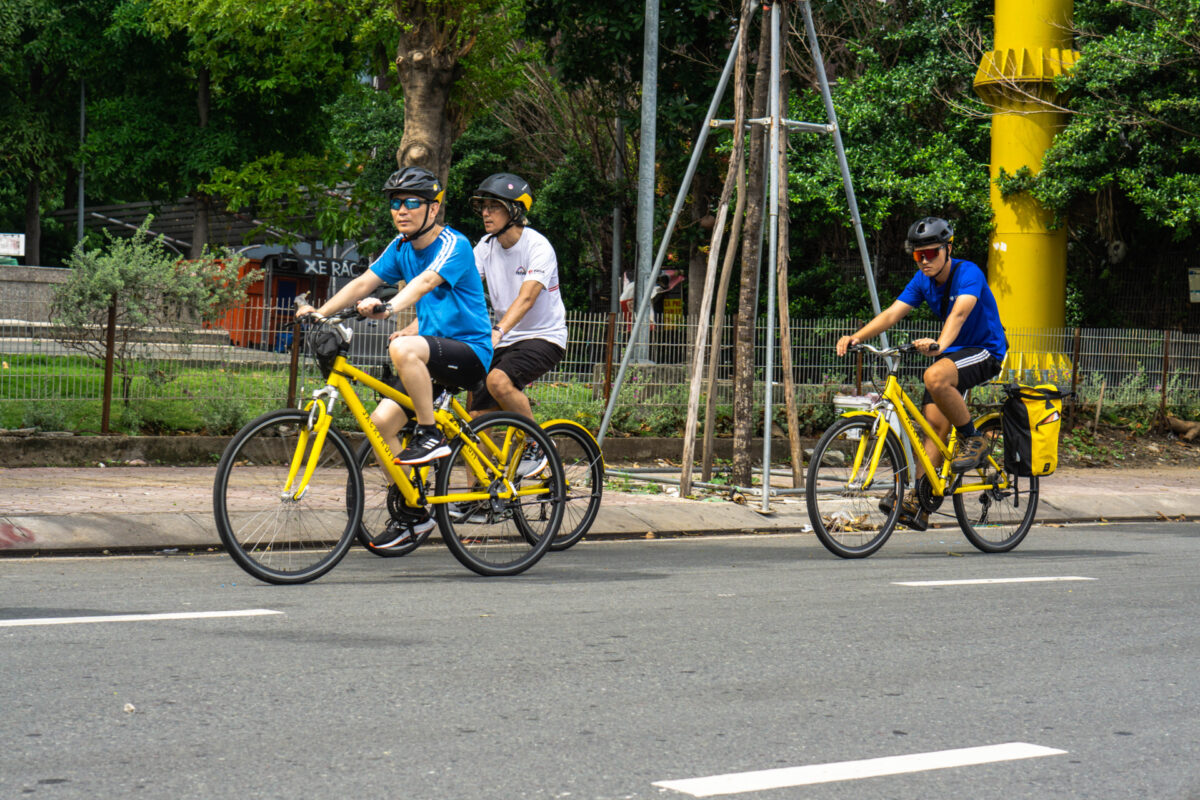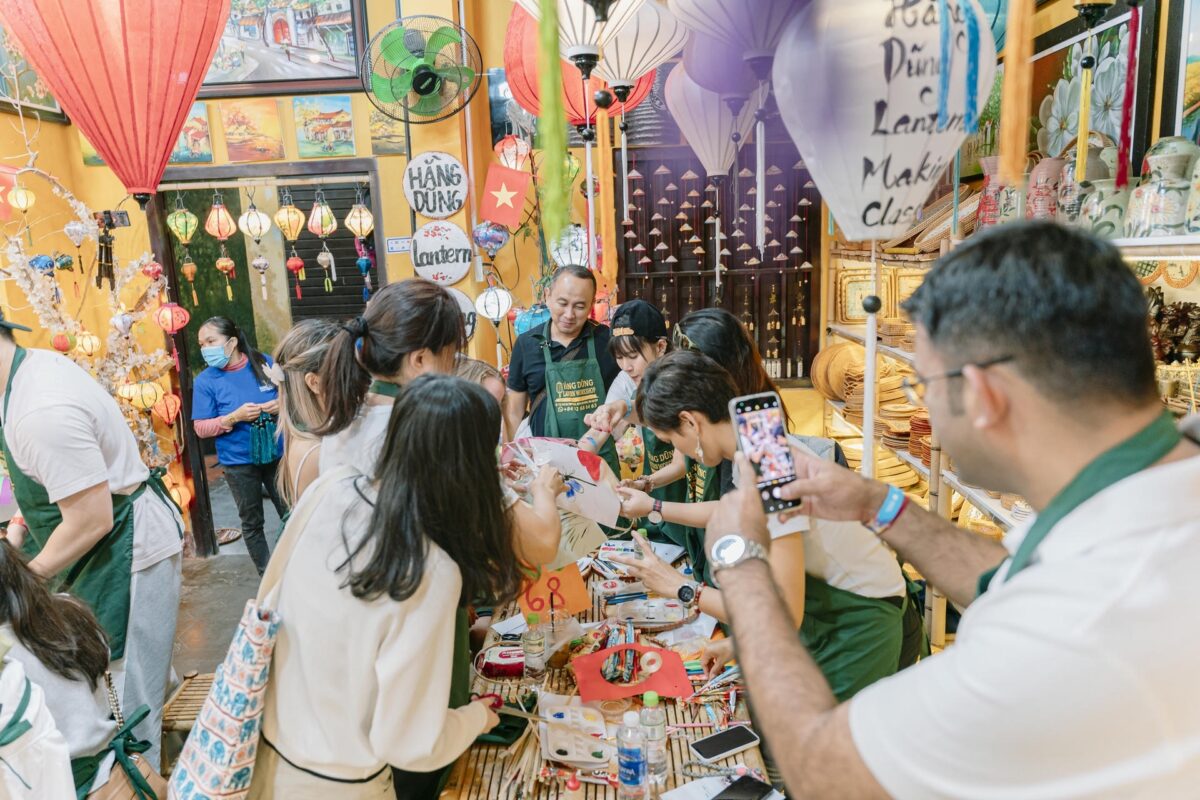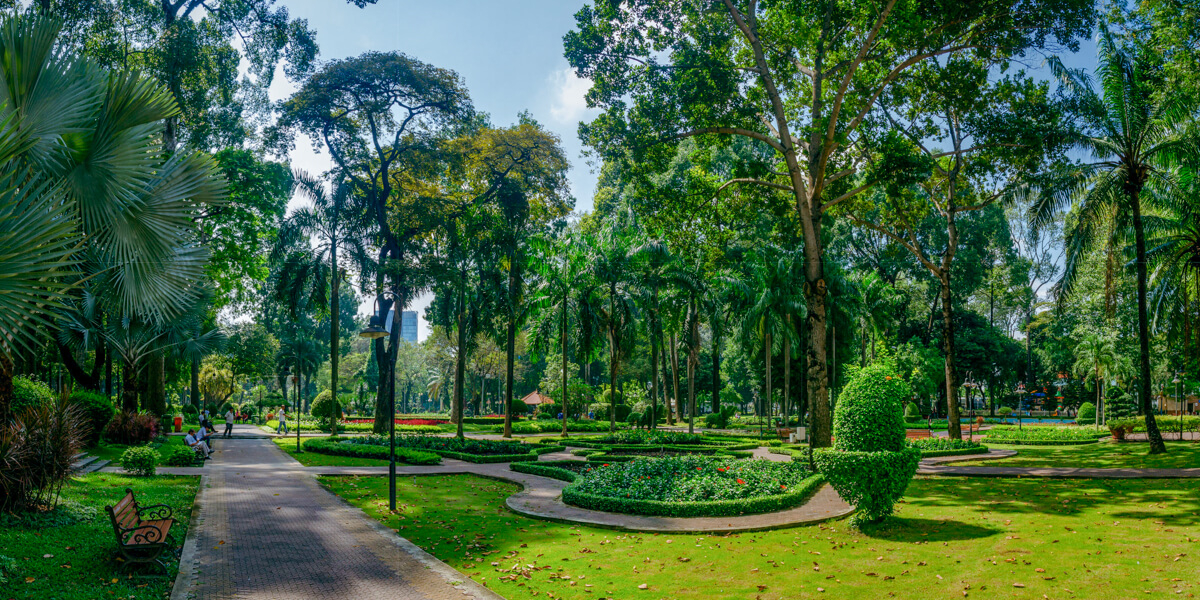Looking for a Vietnam massage? Here’s what most tourists don’t know.
When travelers think of massage in Vietnam, they often expect something light, relaxing, and spa-like. But traditional Vietnam massage is something else entirely. It’s stronger, deeper, and rooted in centuries of healing practices. Locals don’t go for massages just to relax. They go to treat headaches, clear blocked energy, and recover from days of hard work.
This guide will show you the truth behind Vietnam’s most powerful massage techniques. From ancient styles like tẩm quất and đả thông kinh lạc to hidden gems like gội đầu dưỡng sinh, you’ll learn what to expect, which styles suit your body, and how to avoid the mistakes many tourists make.

What makes Vietnamese massage different
Vietnamese massage is rooted in traditional medicine, where the goal is not just to relax but to treat real issues like poor circulation, muscle tension, and blocked energy. Therapists use firm pressure and focus on specific points to restore balance in the body. For many locals, massage is a regular part of staying healthy, not just an occasional luxury.
Compared to Thai massage, which uses stretching and passive body movements, Vietnamese massage focuses more on deep acupressure and direct pressure along energy lines. Thai massage feels more like assisted yoga, where the therapist moves your body through different poses. Vietnamese massage, on the other hand, keeps you still while applying focused pressure to painful or tight areas.
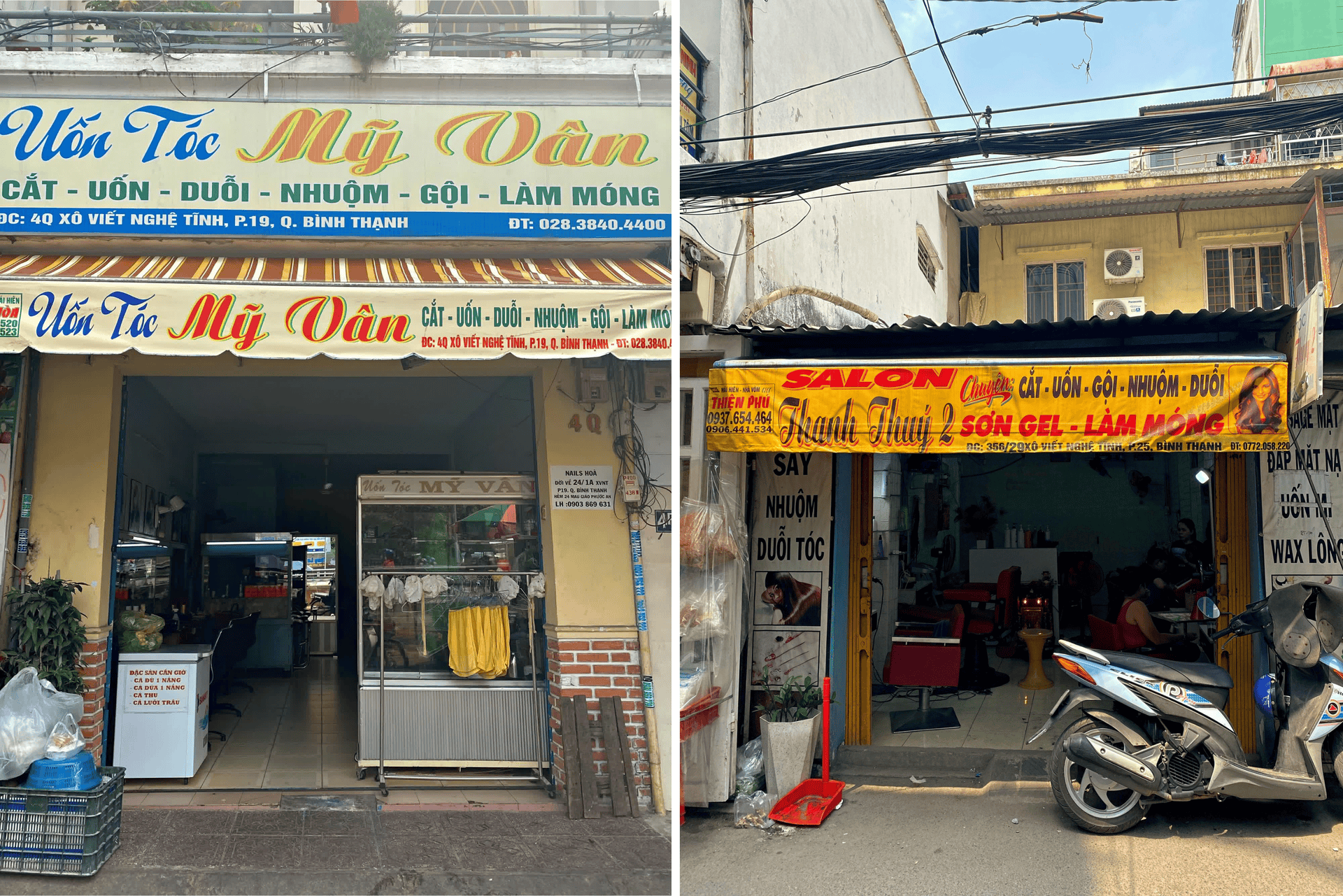
You’re also more likely to find authentic Vietnam massage in small local shops rather than luxury spas. These places might not have scented oils or soft music, but the therapists are often well-trained and experienced. Prices are more affordable, and the approach is direct and therapeutic.
If you are looking for a massage that feels like true bodywork rather than light pampering, Vietnamese massage offers a powerful and culturally rich experience.
Why does a Vietnam massage hurt?
A traditional Vietnam massage often feels stronger than most travelers expect. Instead of soft strokes, it uses deep pressure to reach tight, tired muscles and blocked energy areas. Techniques like acupressure, rolling, and firm pressing are designed to release tension and improve blood flow. If your body has built-up stress or poor circulation, this pressure can cause discomfort at first.
But this kind of pain is not a mistake. In Vietnamese culture, pain during a massage is often seen as a sign that the therapy is working. Locals describe it as a “good pain” that helps the body reset. Many people feel sore during the session but lighter and more flexible afterward.
However, not all discomfort is helpful. Sharp, burning, or lingering pain could mean the technique is too strong or not suited for your body. That’s why it’s important to speak up if something doesn’t feel right. In the next section, we’ll show you how to recognize when Vietnam massage pain is helping and when it may be a red flag.
Vietnam massage techniques
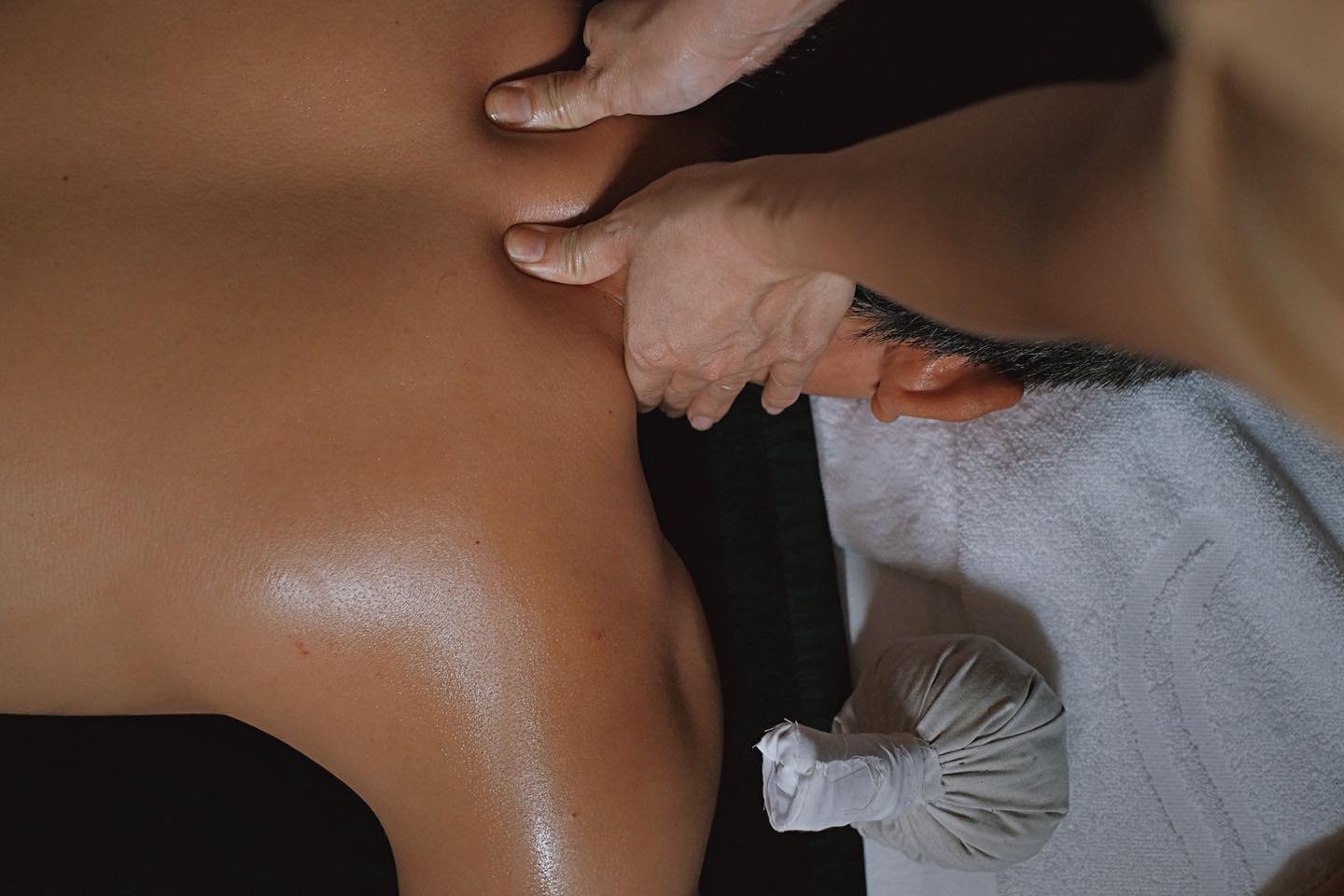
A traditional Vietnam massage uses more than just strong hands. It combines several techniques designed to relax your body, improve blood flow, and support healing. Each method has its own purpose and effect. Here are the most common techniques you might experience:
- Acupressure
Acupressure is a core technique in Vietnamese massage. Therapists press firmly on specific points using their thumbs or fingers to release tension and restore energy flow. These pressure points are believed to connect to internal organs. It can feel sharp or intense, especially in tight areas like the neck or back, but often brings relief after. Acupressure helps with muscle pain, fatigue, and circulation, and is commonly used in traditional and therapeutic treatments.
- Sliding pressure
Sliding pressure involves smooth strokes along the body to warm up muscles and improve circulation. Therapists use palms, fingers, or forearms to glide over areas like the back, arms, or legs. Herbal oils or balms are often added to reduce friction and boost relaxation. The pressure can be light or firm, depending on what you need. This technique is used to relax surface tension and prepare the body for deeper massage work.
- Rolling and tapping
Rolling and tapping is a light, rhythmic Vietnam massage technique used to relax muscles and refresh the body. The therapist rolls their fists or palms across the skin, followed by gentle tapping with fingertips or cupped hands. It’s often done near the end of a session to ease tension after deep work like acupressure. This technique is not painful. It’s energizing, helps improve blood flow, and leaves you feeling awake and balanced after your massage.
- Hot compress
A hot compress is often used in Vietnam massage to reduce pain and help muscles relax. Therapists apply warm towels or herbal pouches to areas like the back or shoulders. The heat opens blood vessels, reduces stiffness, and helps sore muscles recover. Some compresses include herbs like ginger or lemongrass for added healing benefits. It’s often used before or after deep massage to warm the body and make pressure techniques more effective without discomfort.
- Herbal steam therapy
Herbal steam therapy uses hot vapor infused with herbs like ginger, basil, or lemongrass to detox the body and support healing. You sit in a small steam room or tent while your pores open and muscles relax. It encourages sweating, improves circulation, and clears your breathing. This therapy is often done before or after a Vietnam massage to increase its benefits. It’s more common in traditional medicine centers than regular spas.
Vietnam massage types explained
Not all Vietnam massage experiences feel the same. Some are gentle and calming. Others are intense and deeply therapeutic. Choosing the right style depends on how your body feels and what kind of pressure you can handle. Here’s a breakdown of the most popular styles, including what they feel like and who they’re best for.
Vietnam meridian massage
- Pain level: Very high.
- Best for: Travelers with chronic body tension, poor sleep, or those curious about traditional Eastern healing.
Vietnam meridian massage (đả thông kinh lạc) isn’t your usual spa massage in Vietnam. It’s a therapeutic method rooted in traditional Vietnamese and Chinese medicine, based on the idea that the body’s energy flows through 12 invisible meridian lines. When these are blocked, it may cause fatigue, headaches, muscle pain, or sleep problems.
Therapists use strong, focused pressure on the spine, shoulders, joints, and limbs. Hot herbal oils, balms, or compresses are often applied to help open up circulation and release toxins. The pressure can feel intense, and some soreness or red skin after the session is normal.

Because it’s such a strong treatment, it’s best for travelers who can rest after and don’t have a packed schedule. Most local clinics recommend avoiding cold showers, alcohol, or heavy food for a few hours post-treatment.
You can find meridian line massage at trusted Vietnamese traditional medicine clinics, such as:
- Dưỡng Sinh Cô Ba: 25/65 Nguyễn Bỉnh Khiêm, District 1, Ho Chi Minh City
- Min Healthcare: 354/46 Lý Thường Kiệt, District 10, Ho Chi Minh City
- Mộc nắng spa: 483/2 Lê Văn Sỹ, District 3, Ho Chi Minh City
These clinics also sell helpful self-care items like massage tools, herbal rollers, or detox compress kits, which make unique souvenirs from Saigon.
Tam Quat
- Pain level: High.
- Best for: Travelers who are used to deep tissue massage or want strong relief from body tension.
Tẩm quất is one of the most traditional and well-known forms of Vietnam massage. It is often performed by visually impaired therapists who are trained to locate tight muscles and blocked energy through touch. The technique uses deep finger pressure, knuckles, and palms to target areas like the spine, shoulders, arms, and legs.
The pressure is strong and consistent, which may feel intense for first-time visitors. Some describe the experience as painful during the session but incredibly light and refreshed afterward. If you deal with frequent fatigue, back pain, or tightness, this massage style can be especially effective.
You can find tẩm quất in small local Vietnam massage in District 1 or at blind massage centers throughout Vietnam. Language barriers can be a challenge, but if you’re looking for a truly local experience, consider reaching out to Jackfruit Adventure for guided support. Some travelers even come across tẩm quất Vietnam massage offered casually on sidewalks for just a few dollars.
If you’re curious, here’s a video showing what a $2 Vietnam street massage looks like:
Cupping therapy
- Pain level: Medium to high.
- Best for: People with muscle stiffness, fatigue, or those interested in detox and circulation support.
Cupping therapy, or giác hơi, is a traditional Vietnam massage technique that uses suction to boost blood flow and relieve tension. Small glass or plastic cups are placed on your back or shoulders, then heated or pumped to create a vacuum. This pulls the skin gently upward, stimulating circulation and releasing deep muscle tension.
You may feel a tight pulling during the session. Afterward, round red or purple marks often appear where the cups were placed. These are not bruises and usually fade in a few days. This technique has been used for generations in Vietnam, but also became popular with international athletes. Even Olympic stars like Michael Phelps used cupping to recover faster and reduce soreness after training.

Cupping is often combined with traditional techniques like tẩm quất or Vietnamese cạo gió (scraping with herbal oil). Both methods are believed to draw out “bad wind” or toxins and support internal balance.
Important note: Not all cupping services are the same. In some cheap or roadside massage places, the cups may not be properly sanitized, increasing the risk of skin irritation or infection. For a safe and authentic Vietnam massage experience, consider a trusted Vietnamese traditional medicine clinic mentioned above.
Vietnamese foot massage
- Pain level: Medium.
- Best for: Travelers with tired legs or anyone who wants to boost circulation and digestion.
Foot massage is one of the most common and relaxing types of Vietnam massage, especially after a day in Ho Chi Minh spent walking and exploring. Therapists use firm pressure on specific points along the soles, heels, and toes. According to traditional beliefs, these points are linked to different parts of the body like the stomach, liver, and nervous system.
If you have stress, poor digestion, or internal imbalances, some points may feel tender or even slightly painful. But many people report feeling more relaxed once the pressure eases. Some sessions also include a short leg or shoulder massage to enhance relaxation.
This massage style is widely available in Ho Chi Minh City, especially around Bui Vien Walking Street and other busy tourist areas. If you’re heading out late, you can also try a Vietnamese foot massage at Wellness Spa in District 1, located at 15B1 Lê Thánh Tôn, Ho Chi Minh City. It’s a great option for travelers who want relief without deep full-body massage.
Nourishing shampoo therapy
- Pain level: Low.
- Best for: First-time visitors, travelers sensitive to pressure, or anyone looking for a non-body Vietnam massage experience.
Nourishing shampoo therapy is one of the most relaxing and unique types of Vietnam massage. Instead of focusing on the full body, this treatment targets the head, neck, and shoulders using gentle circular motions. While washing your hair, the therapist slowly massages the scalp to release tension and calm the mind. Some places also use herbal oils or warm towels to enhance relaxation.
This therapy is deeply soothing and helps reduce stress, ease headaches, and improve sleep. It is not painful and doesn’t involve strong pressure, which makes it perfect for travelers who want to enjoy a local wellness experience without worrying about soreness.
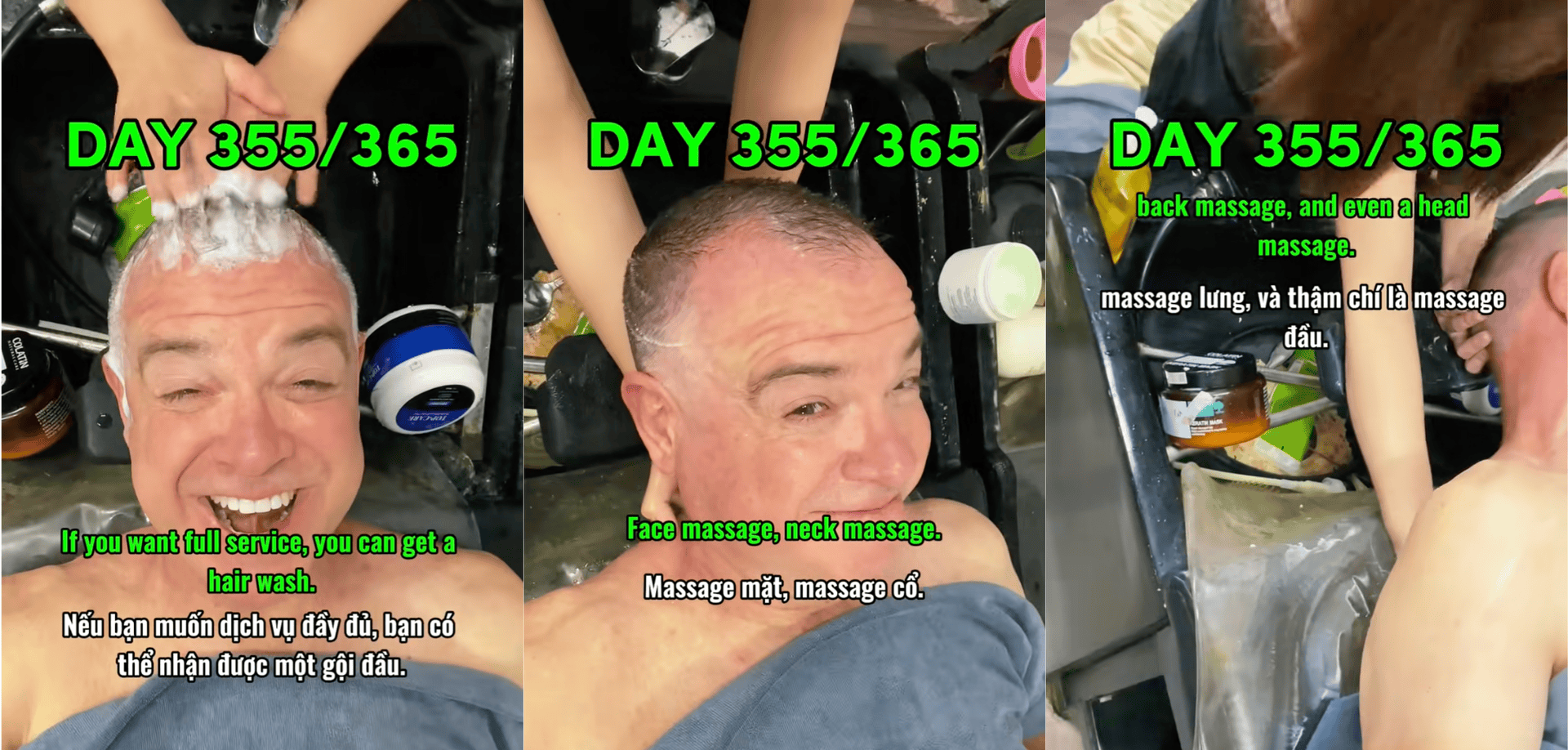
Although it’s very popular among Vietnamese people, gội đầu dưỡng sinh is still a hidden gem for most tourists. Many don’t know it exists because it’s usually found in small, local spas rather than tourist-heavy areas. That makes it a rare and authentic experience to add to your trip.
Check out our guide to Vietnam herbal and head massage to see why locals love it.
Spa-style massage
- Pain level: Very low.
- Best for: Travelers who want to relax, de-stress, or enjoy a peaceful Vietnam full-body massage without strong pressure.
Spa-style massage in Vietnam is all about comfort and relaxation. It uses gentle techniques like smooth strokes, warm herbal oils, and soft music to calm your body and mind. Unlike traditional therapeutic styles, this kind of Vietnam massage avoids deep pressure and focuses on helping you feel refreshed after a long day of travel.
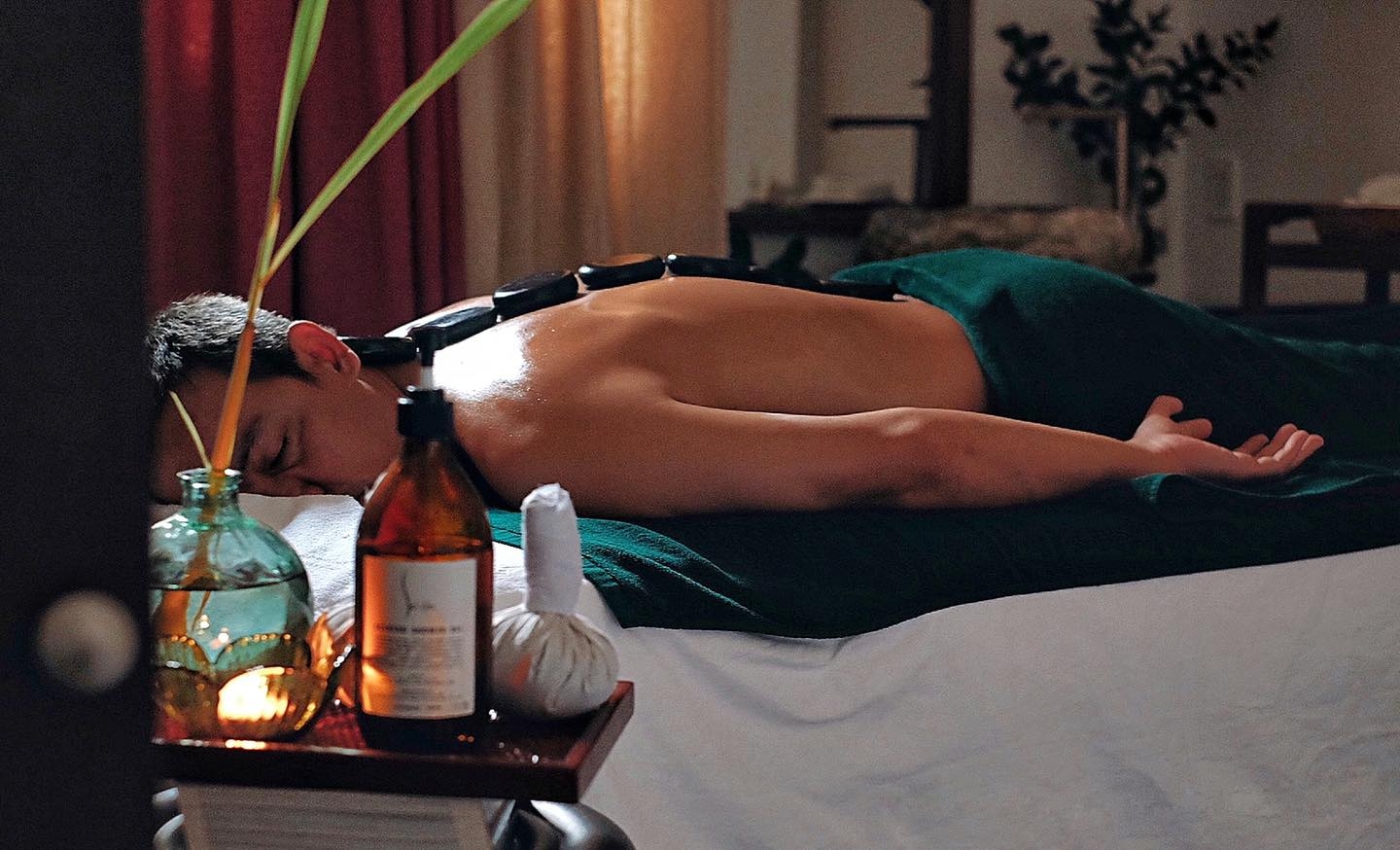
Popular options include Vietnamese herbal oil massage, Swedish massage, and hot stone massage. Some spas also offer four-hands massage, where two therapists work together for full-body relaxation, or Balinese-style treatments that blend stretching and aromatherapy. While the pressure is usually light, you can still ask for a firmer touch if needed.
However, not all Vietnam massage spas are the same. Some places may try to upsell unclear services or offer inappropriate “extras” known as happy endings. These shops often advertise vague packages, don’t display clear prices, and may make solo travelers uncomfortable. To stay safe, always choose clean, professional spas with good reviews and clear menus.
For a true spa-style Vietnam massage experience focused only on relaxation, look for spas located inside luxury hotels or choose from some of the best massage options in District 1:
- An’s Spa: 130 Nguyễn Thái Bình, District 1, Ho Chi Minh City
- Sieu Spa: 10D Trần Nhật Duật, District 1, Ho Chi Minh City
- Sen trang Spa & Wellness: 72 Trần Đình Xu, District 1, Ho Chi Minh City
- Phaya Thai Spa: 10B Sương Nguyệt Ánh, District 1, Ho Chi Minh City
- Hum Spa: 114 Lê Thị Riêng, District 1, Ho Chi Minh City
These locations offer a calm atmosphere, trained therapists, and clear pricing. They are ideal for travelers who want a full-body Vietnam massage experience without any awkward surprises.
How to know if Vietnam massage pain is helping or harming

Some soreness is normal after a traditional Vietnam massage, especially if strong pressure was used. But how your body feels afterward can tell you whether the pain was doing good or not.
Pain that helps:
-
Mild soreness fades within 24 to 48 hours.
-
Muscles feel more relaxed or flexible afterward.
-
Sleep improves or you feel more refreshed the next day.
-
There’s no swelling, bruising, or lasting discomfort.
Pain that harms:
-
Sharp or stabbing pain continues after the session.
-
Bruises, swelling, or sensitive skin appear.
-
You feel worse instead of better the next day.
-
Pain lasts more than 2 days or limits your movement.
If your body feels worse, rest, stay hydrated, and avoid heavy activity. If discomfort doesn’t go away, it’s best to see a doctor.
Common tourists mistakes that lead to bad Vietnam massage experiences
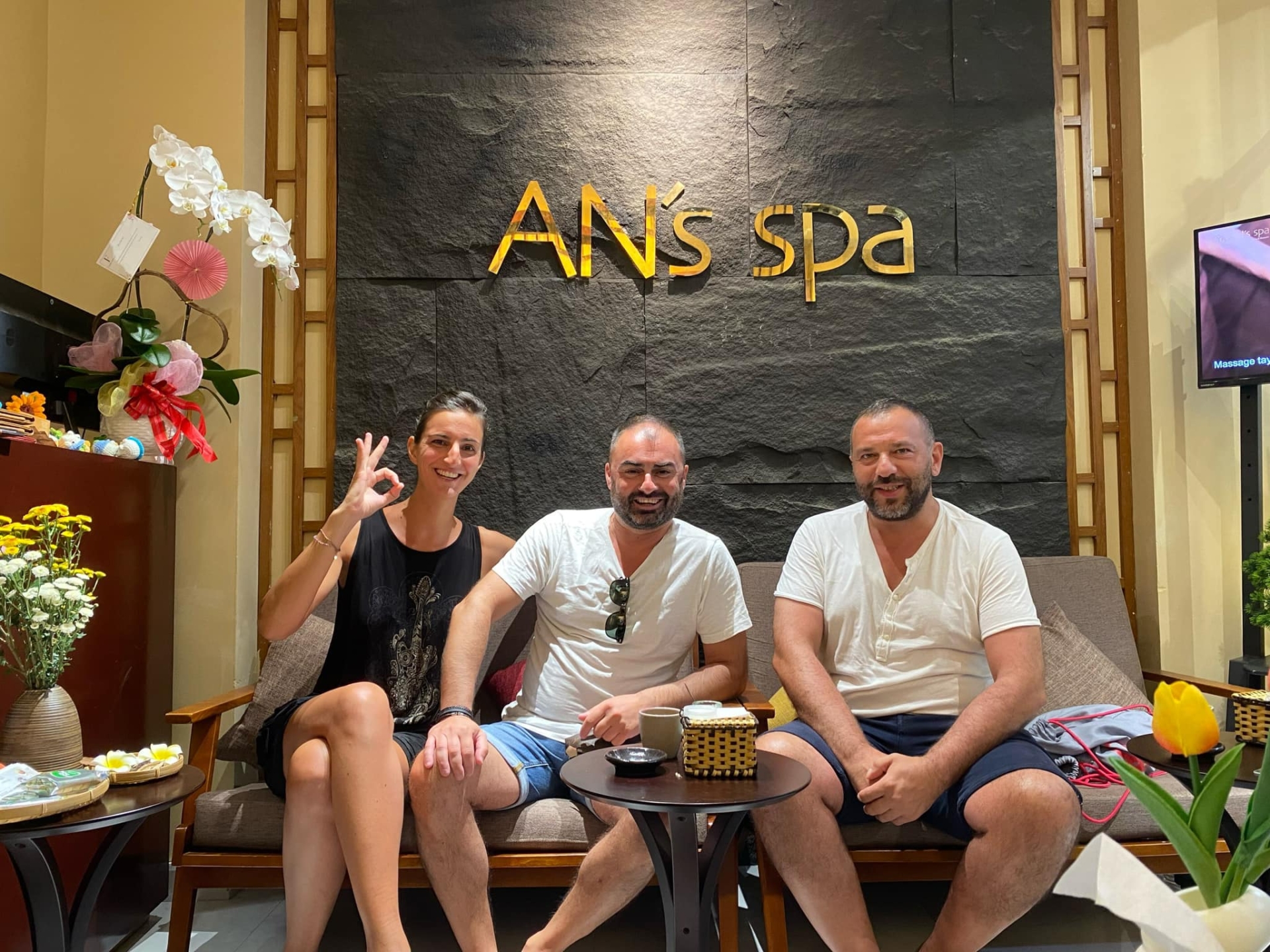
Trying a Vietnam massage for the first time can be a great experience but small mistakes can turn it into a painful one. Here are the most common problems tourists face, and how to avoid them for a better, safer session.
- Not asking about the type of Vietnam massage first
Many tourists walk into a shop and book a massage without knowing the style. But in Vietnam, massages can range from very light to very intense. If you expect a spa-style massage and get deep acupressure instead, the experience might be overwhelming.
How to avoid it: Ask the staff to explain the Vietnam massage style in simple terms. If you’re unsure, choose something gentle like aroma oil massage or nourishing shampoo therapy (gội đầu dưỡng sinh). You can also check reviews online to see what past guests say about pressure and technique.
- Not speaking up during the massage
Many tourists feel uncomfortable asking the therapist to adjust pressure during the session. Some stay silent even when the massage feels too strong or painful, hoping it will get better. But staying quiet can lead to soreness or injury, especially if the therapist does not know your pain tolerance.
How to avoid it: You do not need to speak perfect Vietnamese. Simple phrases like “nhẹ tay” (gentle) or “đau quá” (too painful) are enough. Most therapists will understand and adjust right away. If the pressure still feels wrong, it is okay to ask them to stop. Your safety and comfort matter more than trying to be polite.
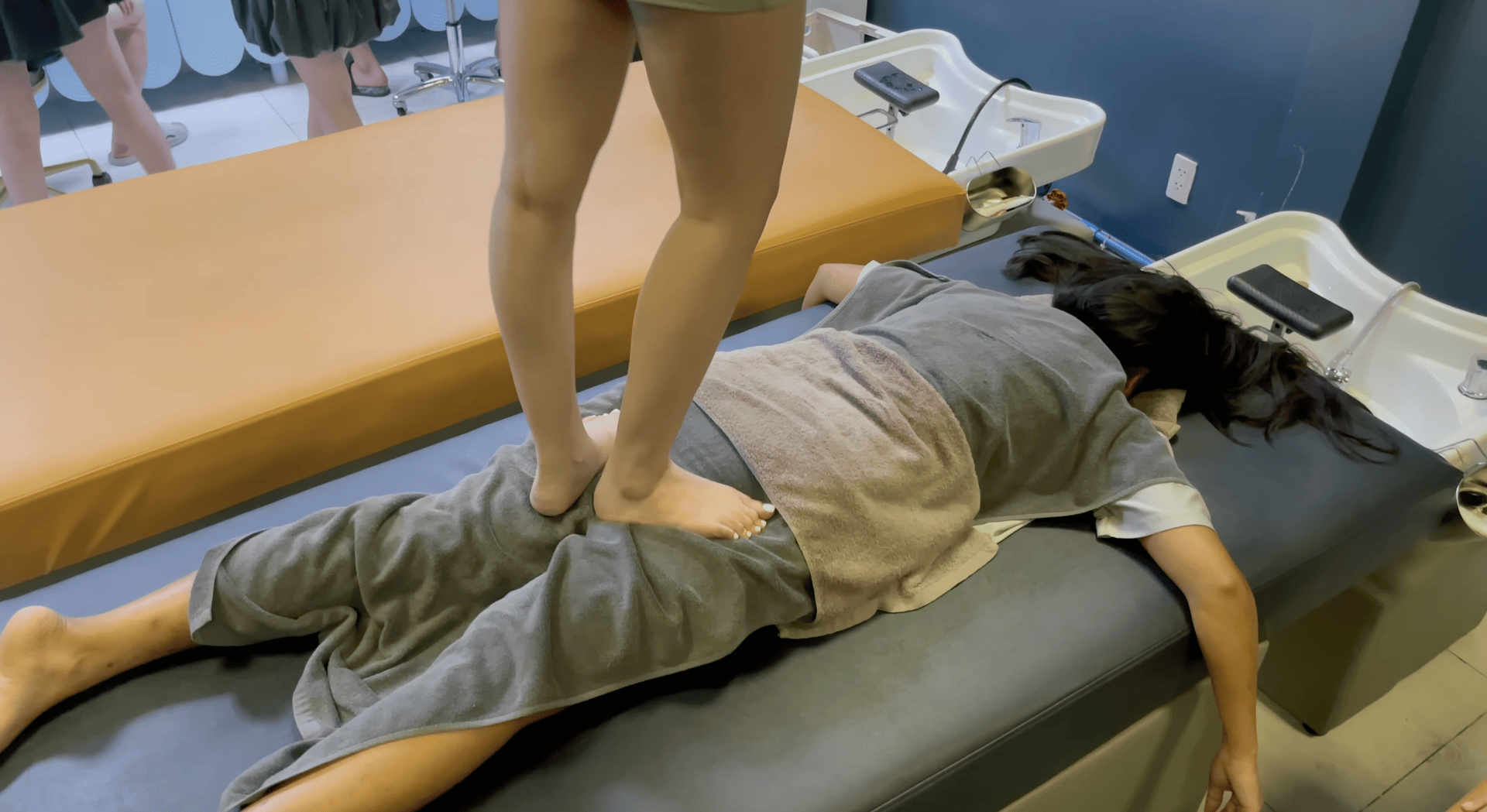
- Choosing based only on price
It can be tempting to pick the cheapest Vietnam massage shop you see, especially when prices in Vietnam are lower than in many countries. But not all cheap places are safe or professional. Some may use untrained staff, unclear pricing, or offer services that make tourists uncomfortable.
How to avoid it: Look for places with clear menus, clean facilities, and staff who wear uniforms. Check Google Maps or review sites for recent feedback from other travelers. If the shop feels too quiet, too hidden, or the staff seem unclear about what they offer, it’s better to look elsewhere. A few extra dollars can make a big difference in safety and comfort.
- Skipping post-massage care
Some tourists finish a strong Vietnamese massage and go straight back to heavy walking, alcohol, or intense activity. But deep massage can leave your body tired or sore for a few hours, especially if you are not used to strong pressure. Without proper care, you might feel worse instead of better.
How to avoid it: After your Vietnam massage session, drink water to help your body recover. Avoid heavy meals or alcohol right away. If you feel sore, rest for a bit or apply a cold towel to sensitive areas. Mild soreness is normal, but if pain lasts more than 48 hours, take a break from massage and consider seeing a doctor.
Preparing for your first Vietnam massage
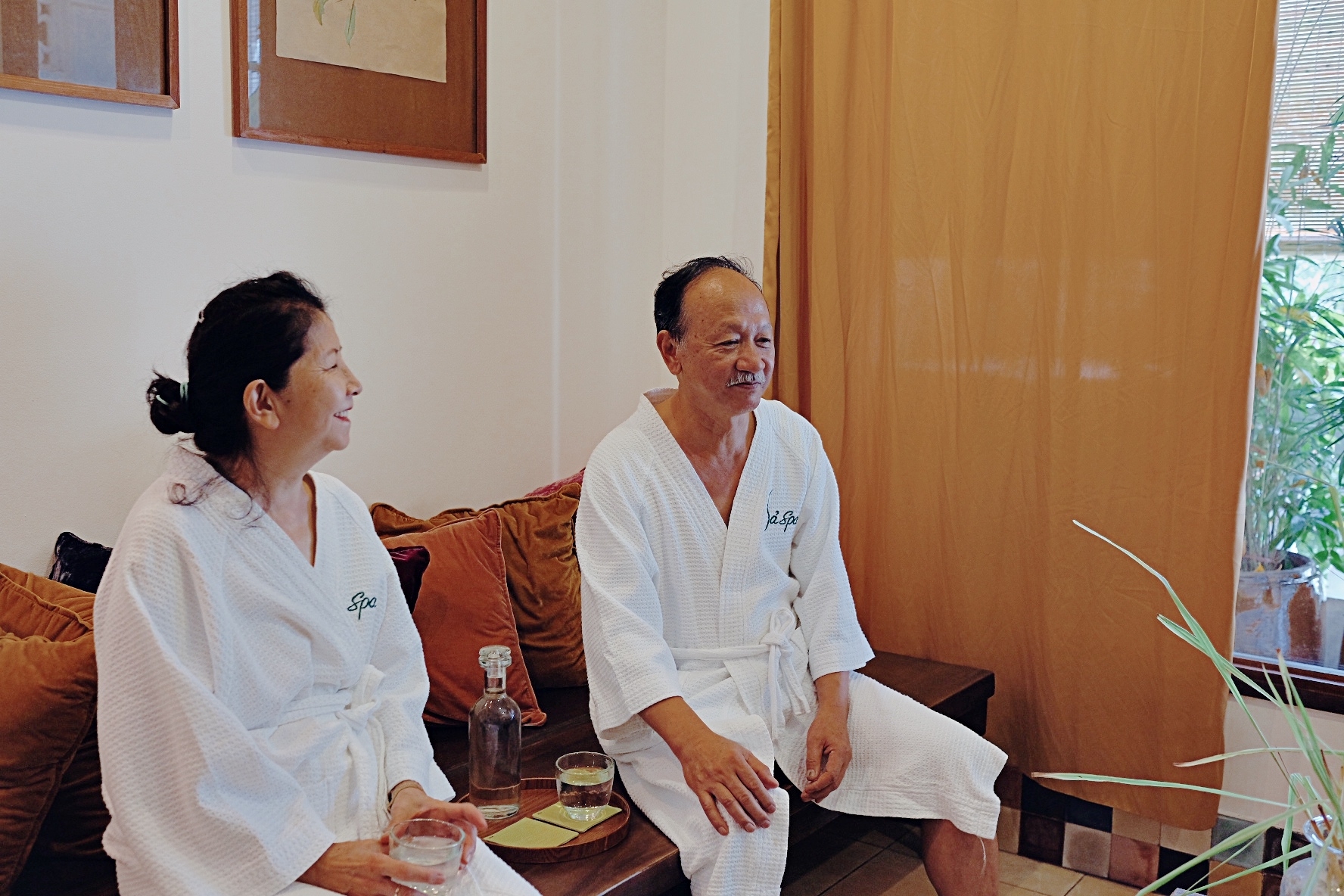
- What wear in Vietnam massage
At most Vietnam massage shops, you don’t need to bring anything. For dry massages like tẩm quất or reflexology, you’ll be given loose clothes to change into. For oil-based treatments like aroma or Swedish massage, expect to undress down to your underwear, with a towel or sheet for coverage. Local shops can be basic, with curtains instead of walls, and shared spaces where other guests are nearby. This setup is normal and part of the experience. If unsure, ask the staff what to wear. Most understand basic English or gestures.
- Tipping etiquette
Tipping is not required in Vietnam, but most therapists appreciate it. For local Vietnam massage styles, 20,000 to 50,000 VND (about 1 to 2 USD) is a common tip. For hotel or spa services, you can offer more depending on the session. It’s best to give the tip directly to the therapist.
If you’re unsure, you can check our tipping guide in Vietnam for more local advice.
Before you rest, let Saigon wake you up
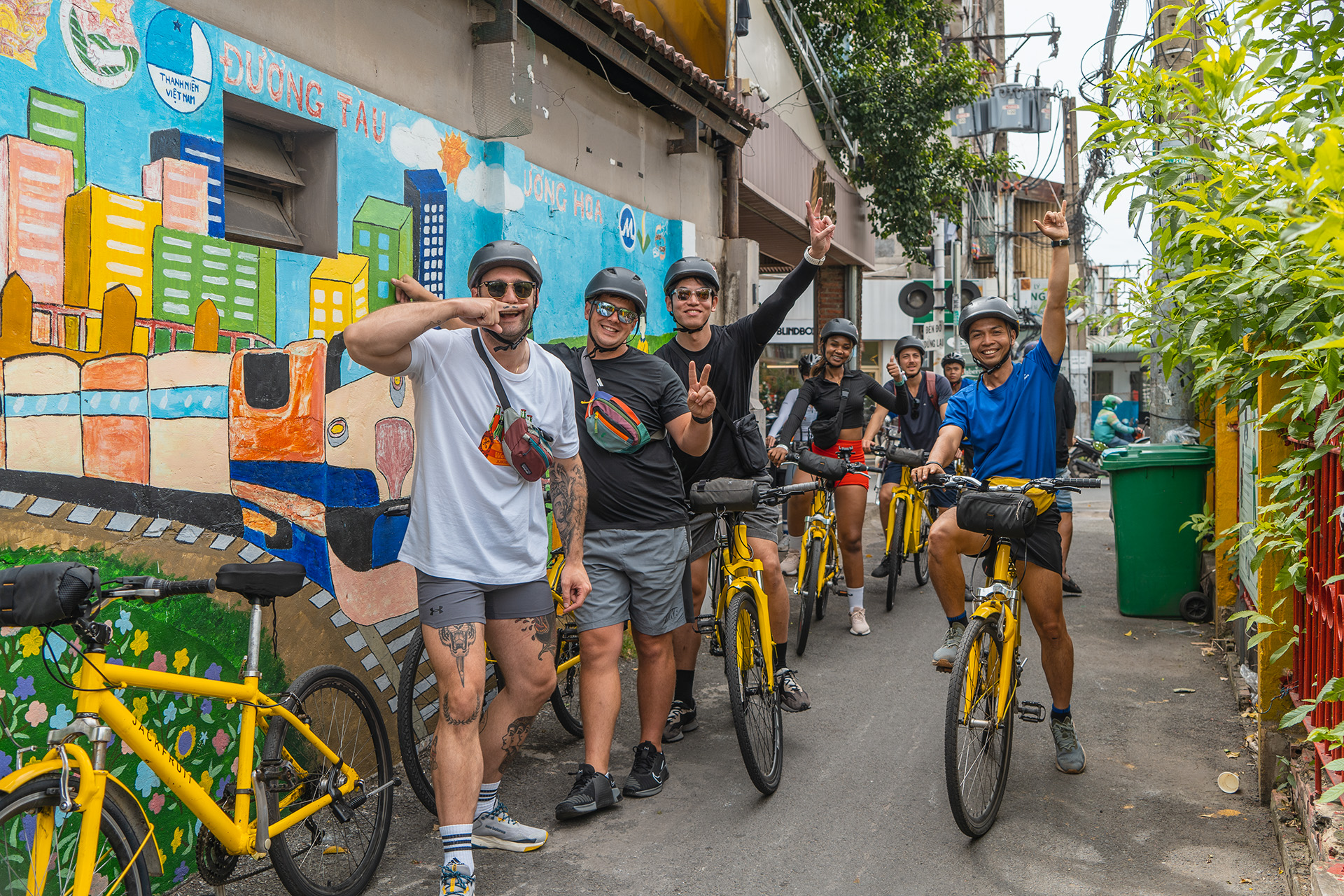
To fully experience the benefits of a Vietnamese massage, it’s best to engage your body beforehand. Exploring Ho Chi Minh City on foot or by bicycle warms up your muscles, enhances circulation, and heightens your senses, making your massage session more restorative.
Start your day by visiting iconic landmarks like the Central Post Office, Notre Dame Cathedral, or strolling along Nguyen Hue Walking Street. For a deeper cultural immersion, venture into the vibrant streets of Chinatown (Cho Lon) Saigon, where you can explore bustling markets, historic temples, and savor authentic local cuisine.
If you’re seeking a unique and immersive experience, consider joining Jackfruit Adventure’s cycling tour in Ho Chi Minh City. These thoughtfully designed tours take you through hidden alleyways, local neighborhoods, and lesser-known parts of the city, offering insights into daily life that typical sightseeing can’t provide. By the time you settle in for your massage, your body will be primed, and your mind enriched by the day’s discoveries.
Embrace the rhythm of Saigon: move, explore, and then unwind. This balance of activity and relaxation is the essence of local life.


